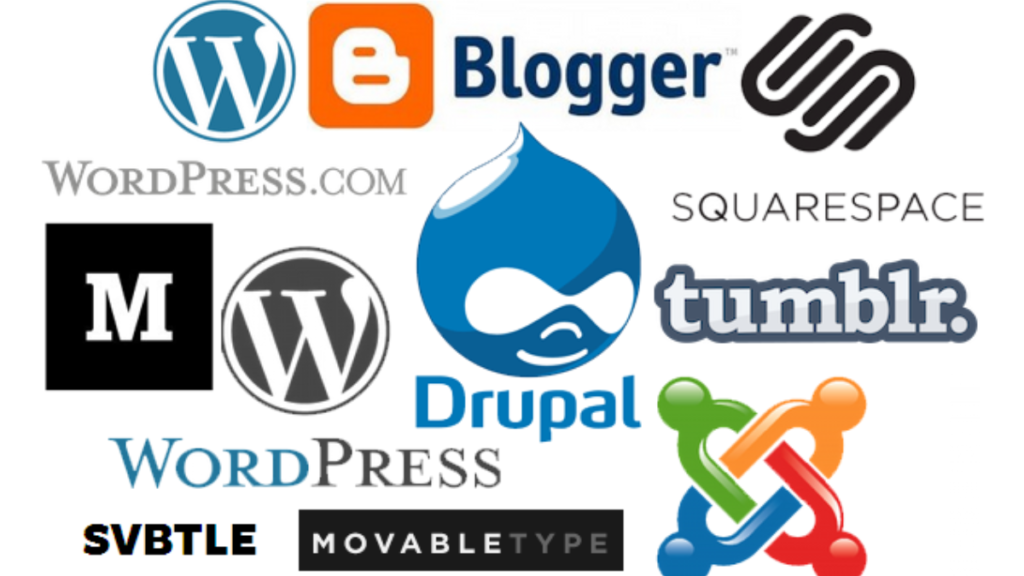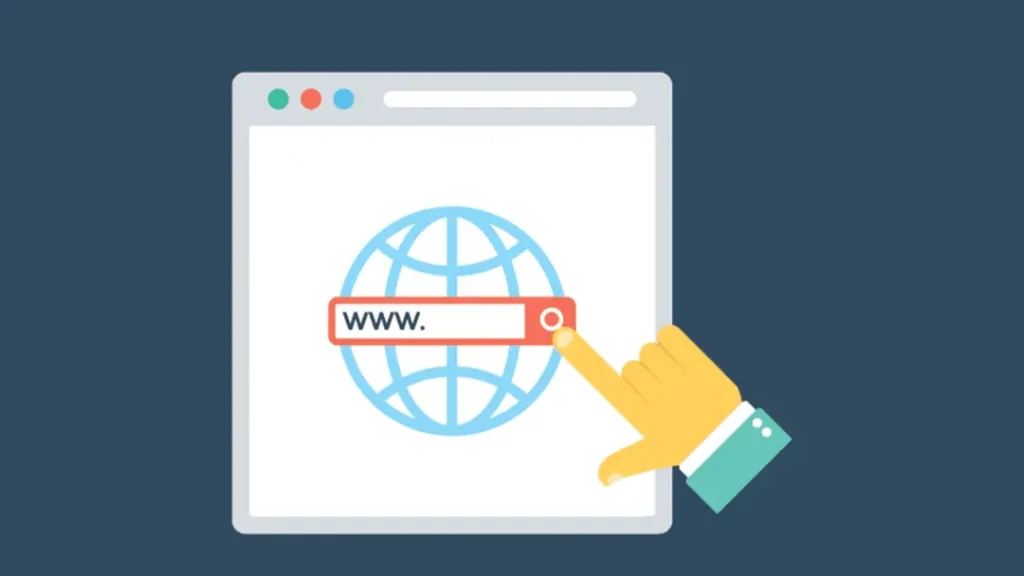Are you passionate about writing and eager to share your thoughts, knowledge, or expertise with the world? Setting up a blog can be a rewarding venture that not only allows you to express yourself but also presents opportunities to generate income.
In this article, we will guide you through the process of setting up a blog for free and show you how to monetize it effectively. So, let’s dive in and get started!
Blogging
Blogging has gained immense popularity in recent years and for good reason. It provides a platform for individuals to showcase their creativity, share their experiences, and connect with like-minded people globally.
Moreover, it offers the potential to earn a steady income or even turn it into a full-fledged career.
Choosing a Blogging Platform
Before you begin setting up your blog, it’s crucial to select the right platform that aligns with your goals and technical capabilities.

There are numerous options available, such as WordPress, Blogger, Wix, and Squarespace. Each platform has its own unique features and user-friendly interfaces. Consider evaluating their pros and cons to make an informed decision.
Selecting a Domain Name

A domain name is the web address that visitors will use to access your blog. It should be memorable, easy to spell, and relevant to your content. Spend some time brainstorming and coming up with a name that reflects your blog’s purpose.
Additionally, various domain name generators can assist you in finding the perfect domain for your blog.
Setting Up Hosting
Hosting is a crucial component of your blog setup, as it determines the performance and reliability of your website.

There are various hosting options available, including shared hosting, virtual private servers (VPS), and cloud hosting. Research different providers, compare their features and prices, and choose the one that suits your needs and budget.
Some popular hosting providers are given below and my favorite is Hostinger
Installing a Content Management System (CMS)
A content management system (CMS) simplifies the process of creating and managing content on your blog. WordPress, one of the most popular CMS platforms, offers a user-friendly interface, a wide range of themes and plugins, and extensive customization options.
Install the CMS on your hosting account and follow the step-by-step instructions to configure it correctly.
Choosing a Theme

Aesthetics play a significant role in attracting and engaging readers. With WordPress, you can choose from thousands of free and premium themes.
Look for a theme that complements your content, is responsive across various devices, and is optimized for search engines.
Customize the theme to align with your brand and create a visually appealing experience for your visitors.
Creating Compelling Content
The heart of a successful blog lies in its content. Identify your target audience and understand their needs and interests. Craft well-researched, informative, and engaging blog posts that provide value to your readers.
Focus on quality over quantity and maintain a consistent posting schedule to keep your audience coming back for more.
Optimizing for SEO
Search engine optimization (SEO) is crucial to increase the visibility of your blog in search engine results. Perform keyword research to identify relevant keywords and incorporate them naturally into your content.

Optimize your blog post titles, headings, meta descriptions, and URLs. Additionally, focus on improving the loading speed, mobile-friendliness, and overall user experience of your blog.
Monetizing Your Blog
Once your blog starts gaining traction, you can explore various monetization strategies. Google AdSense allows you to display targeted ads on your blog and earn revenue based on clicks and impressions.
Affiliate marketing enables you to earn commissions by promoting products or services of other companies. Collaborating with brands for sponsored content and forming partnerships are additional avenues to generate income.
Promoting Your Blog
Promoting your blog is essential to attract a wider audience. Leverage the power of social media platforms like Facebook, Instagram, Twitter, and LinkedIn to share your blog posts and engage with your followers.

Build relationships with other bloggers in your niche through comments, guest posting, and collaborations. Additionally, consider utilizing email marketing to establish a loyal readership.
Analyzing and Tracking Performance
To measure the success of your blog, it’s essential to analyze and track its performance regularly. Set up Google Analytics to gain insights into your blog’s traffic, user behavior, and conversion rates.
Monitor key metrics such as page views, bounce rate, and average time on page. Based on the data, make informed decisions to optimize your content and improve the user experience.
Maintaining and Updating Your Blog
Regularly updating your blog with fresh content is vital to keep your audience engaged. Respond to comments and interact with your readers to build a sense of community.
Ensure that your blog’s design and functionality are up to date. Implement security measures and perform regular backups to protect your blog from potential threats or data loss.
More Content Like This
Conclusion
Setting up a blog for free and earning money from it is an exciting journey that requires passion, dedication, and a strategic approach.\
By following the steps outlined in this article, you can establish a professional and engaging blog that not only resonates with your target audience but also generates a steady income stream.
So, what are you waiting for? Start your blogging adventure today and unleash your creative potential!
FAQs
Q: How long does it take to start earning money from a blog?
A: Earning money from a blog takes time and effort. It depends on various factors such as the quality of your content, the size of your audience, and your monetization strategies. Some bloggers start earning within a few months, while for others, it may take a year or more.
Q: Can I change my blog’s theme later?
A: Yes, you can change your blog’s theme at any time. However, it’s essential to select a theme that allows for easy customization and preserves your content’s integrity during the transition.
Q: Do I need to have technical skills to set up a blog?
A: No, you don’t need advanced technical skills to set up a blog. Content management systems like WordPress offer user-friendly interfaces and step-by-step guides that make the process accessible to beginners. However, some basic computer and internet skills are beneficial.
Q: Can I use my blog for personal and professional purposes?
A: Absolutely! Many bloggers use their blogs for both personal and professional purposes. You can share personal experiences, thoughts, and hobbies while also leveraging your blog to showcase your expertise and attract potential clients or customers.
Q: What are some popular plugins for a WordPress blog?
A: WordPress offers a vast library of plugins to enhance the functionality of your blog. Some popular ones include Yoast SEO for search engine optimization, Akismet for spam protection, Jetpack for site statistics and security, and WooCommerce for e-commerce capabilities.
